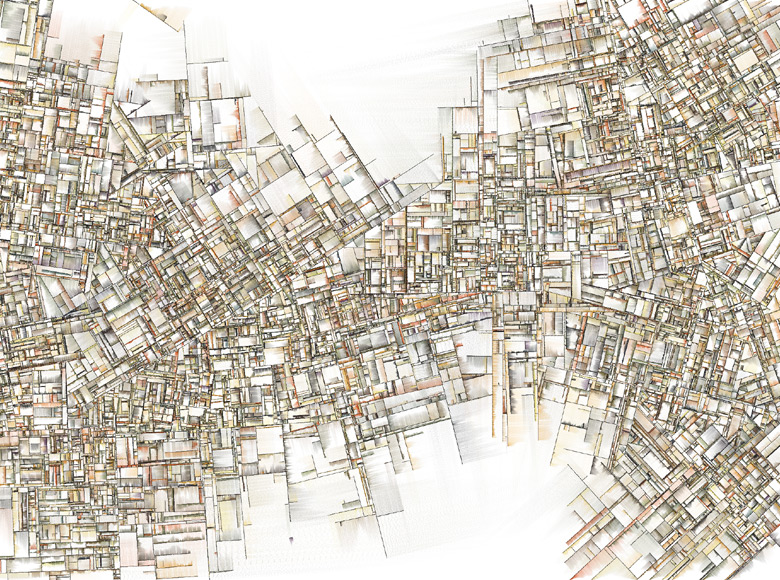Substrate — Part I
When aksed “were you able to find time to make art in the startup days of Etsy” in an interview, Jared Tarbell responded (emphasis mine):
No. It went away almost completely. Etsy was definitely a super-full-time gig. Wake up, before I even got dressed I would check some of the site’s stats, respond to people in the forums, and basically work on the site throughout the entire day. In the beginning, I remember sometimes I would have conflicts with some of the other engineers or my other co-founders, Haim Schoppik and Chris Maguire. We’d get into arguments about the best practice or best way forward, and I would also fall back on my Alexa page ranking of Complexification. It was ranked higher than Etsy at that point. So I was thinking, I’ve got this art website that’s outperforming Etsy. I could just go back to this. You guys better get in line. [laughs]
So here’s the website, Complexification. As far as I know, Jared’s website is one of the longest-running online gallery hosting generative artwork, and has inspired many famous generative artists such as Anders Hoff and Matt DesLauriers.
Among all of Jared’s work, I love Substrate the most. The sketch aims to visualize crystals growing on a substrate, but it happens to capture the representation of a growing city as well.

The Task
We have visited Matt DesLauriers’s p5.js demos in Day 2 and Day 6. The last sketch by Matt is an attempt to capture the substrate growing algorithm. Let’s recreate that today.
The source code is at Glitch. Give it a try to recreate it with p5.js editor!
In the second part, we’ll take a closer look at Jared’s original sketch to study how he achieved such a fine texture in the final drawing.
When you are all done, post your work on Twitter with the hashtag #codecember and #day19. Remember to include a link to the source code, so others can learn from your creation. We look forward to seeing your sketch!